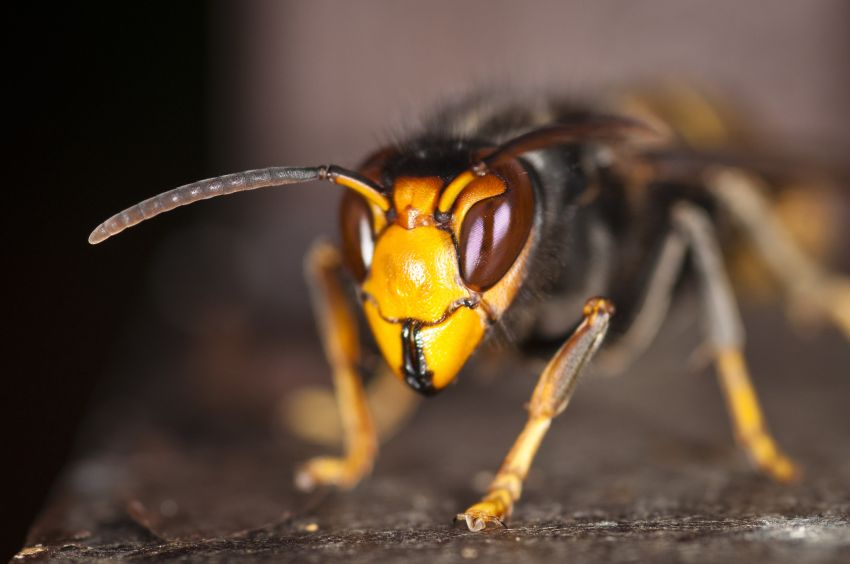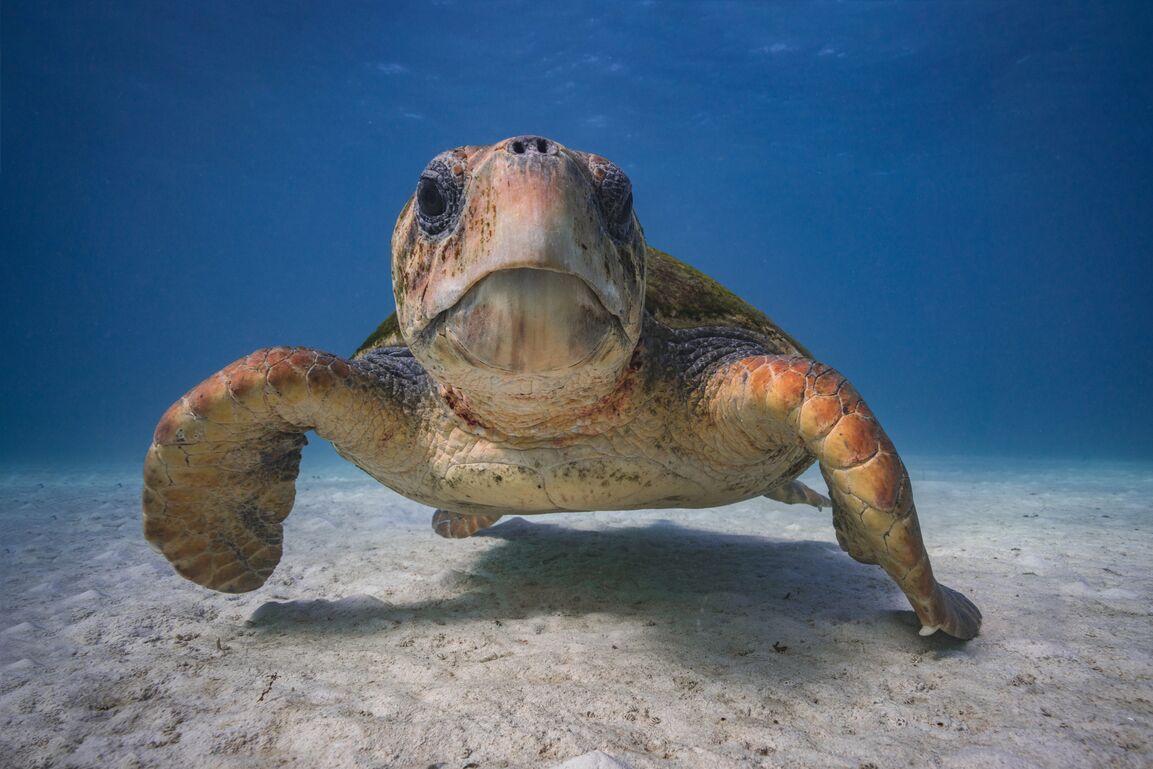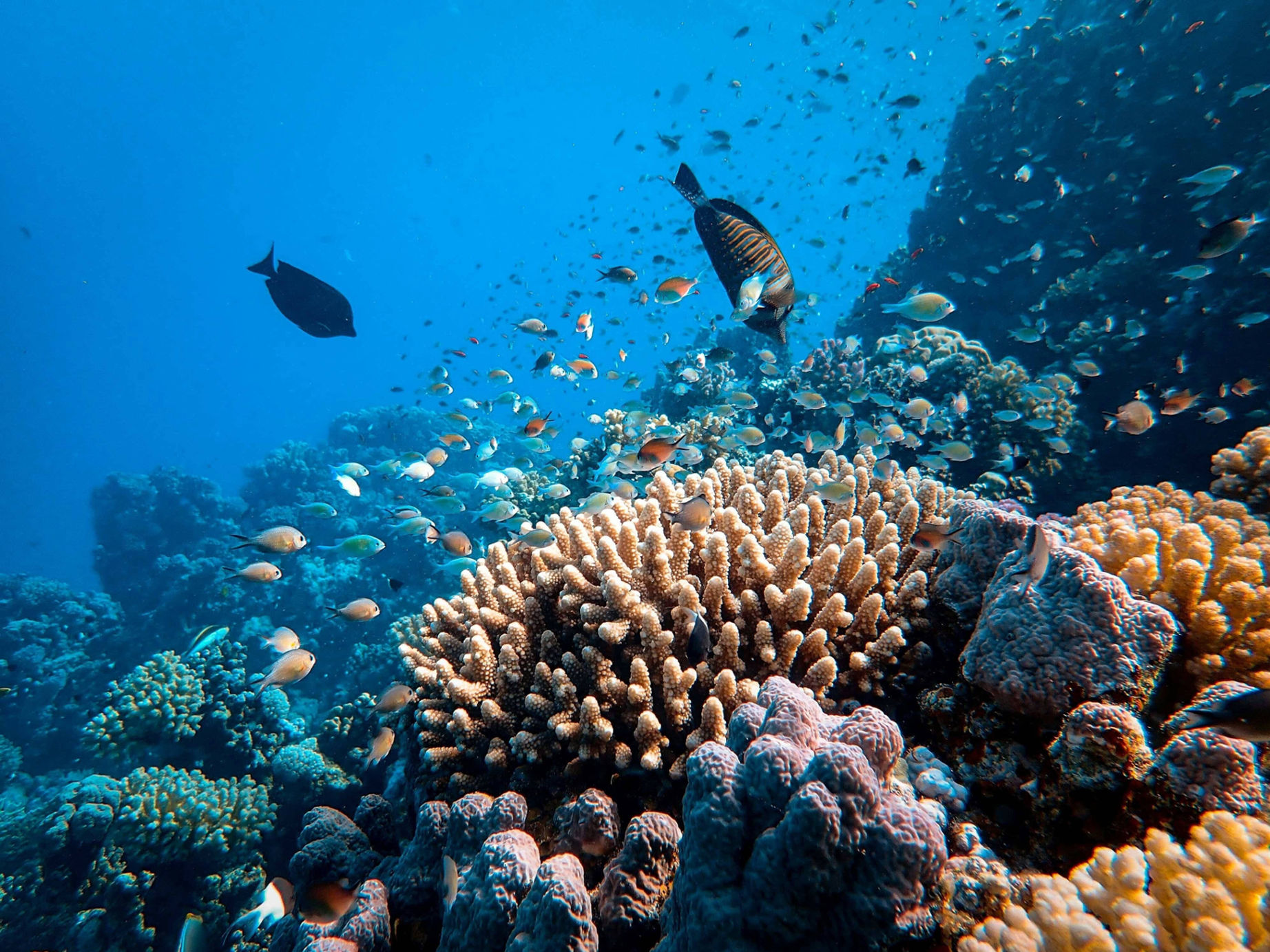Non-native species homogenise ecosystems and, in some instances, cause populations of native species to plummet to the point of local extinction. The true impact of non-native species on ecosystems may take time, even decades, to become obvious, by which point it is often too late to reverse negative impacts from these intruders. This presents a problem for the entire ecosystem, including the humans who rely on ecosystem services for their well-being.
Despite the impacts of non-native species, there have been controversial calls for non-native species to be counted equally with native species in biodiversity assessments.
According to influential international publications, such as the UN-mandated Millennium Ecosystem Assessment, humans rely on ecosystems for physical purposes (e.g. food), as well as spiritual and aesthetic reasons. Maintaining diverse ecosystems is therefore important to ensuring quality of human life.
Despite the potential long-term impacts of non-native species, there have been controversial calls in both popular science writing (Fred Pearce, The New Wild) and in the scientific literature for non-native species to be counted equally with native species in biodiversity assessments, for example in those used to track progress towards the Aichi Biodiversity Targets of the Convention on Biological Diversity (CBD). This negates the importance of the changes that invasive species make to ecosystem functions.
It is misguided and potentially disastrous to consider native and non-native species as equal from the standpoint of both ecosystem services and conservation goals.
It is misguided and potentially disastrous to consider native and non-native species as equal from the standpoint of both ecosystem services and conservation goals, including the Aichi Targets of the CBD and UN Sustainable Development Goals. The reasons are elaborated in a recent article by 26 invasion scientists from around the world, but I would like to comment on three particular issues relevant to both ecosystem services and the IUCN mission.
Firstly, the Convention on Biological Diversity – the multilateral treaty initiated in 1992 in Rio de Janeiro to conserve biodiversity and ensure its sustainable use and the equitable sharing of its benefits – suggests that humanity should value biodiversity for its “actual or potential use or value for humanity”. Article 8h specifically recognises the threat non-native species pose to this use or value. The associated Aichi Targets, adopted in Nagoya in 2010, indicate progress toward achieving the CBD goals through Target 9 – preventing and controlling alien species, and Target 12 – preventing extinction of native species by alien species. Simply including non-native species in the tally of total biodiversity produces a misleading appearance of progress toward CBD goals.









Add new comment